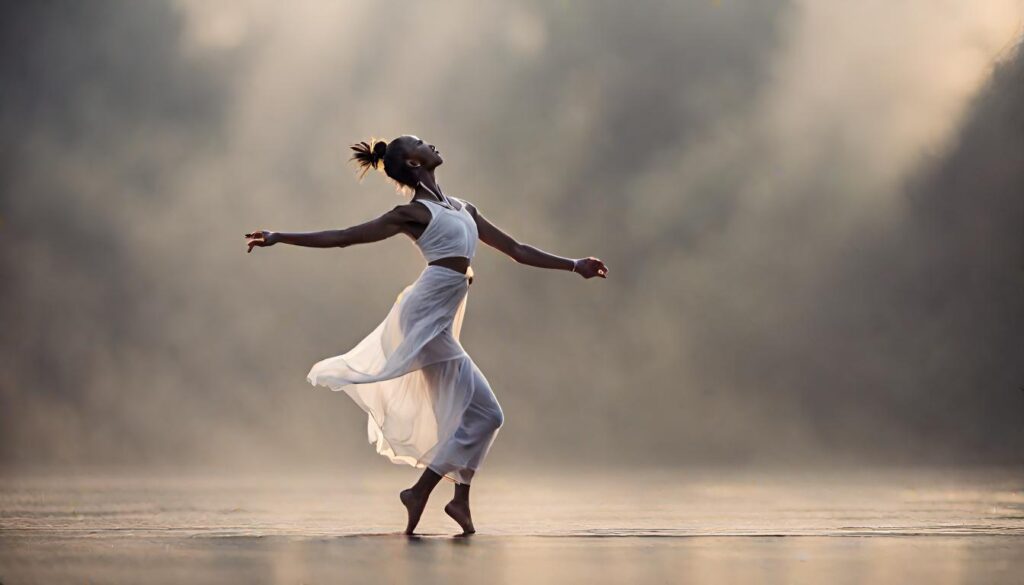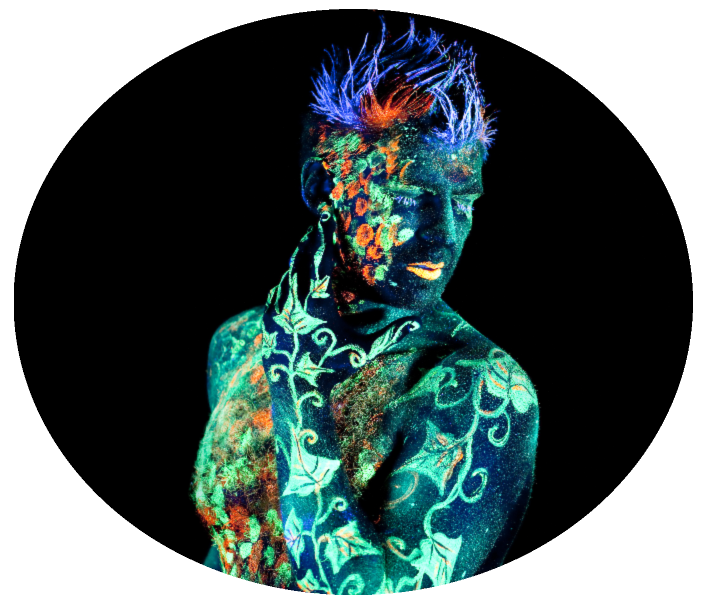How we see ourselves reveals our relationship to our history.
Given that 2022 is “The Year of the Body” for the Diamond Approach, it’s an opportunity to explore our relationship with how we see ourselves, the image we carry around with us of us. How do you see yourself? Does the image in your mind match reality?

These questions lead to deeper questions: How do we feel about our bodies? Do we judge our bodies? How much of our sense of “me” is dependent upon our body image.
The core of the self-image is the body image. At the deepest level, your self-image is based on physical reality, the body image. When I say “body image,” I include in that the shape of your body, how you feel about it, everything about your body, the organs of your body, and the functions of your body. When you let go of the external card-holder identity, you find that then your identity is based on your body image, so you sense yourself, feel yourself, pay attention to yourself, and feel that you know yourself more intimately. If you think you’re beautiful, you like yourself; if you think you’re not beautiful, you don’t like yourself. You’re fat or you’re thin, you’ve got the right nose but the wrong mouth, or vice versa. The intimate things become very important, whether you’ve got a penis or a vagina. “How big is my penis?” “Are my breasts big enough?” “Oh, I want a girlfriend with big breasts.” “I’m going to work to get my body in shape.” These are the obvious body image concerns; it is part of the self-image, a kernel around which the rest of the self-image is built. It is attachment to physical things from the image perspective. The image of physical objects is present, not only image in the sense of shape, but also in terms of feeling, function, and relationship to your body. – A. H. Almaas, Diamond Heart Book Two, ch. 4
Here is a recent article from Psychology Today addressing this topic – Key Points:
- The actual shape of a person’s face or body may differ significantly from their mental image of it.
- New research suggests people’s facial self-portraits resemble their real faces but also include “clues” to their personality.
- Research findings also indicate that individuals with higher self-esteem are more likely to have accurate mental self-portraits.
Self-image, the past, is at the core of ego identity
We act as if we were the body, and so our identification with it is ongoing, almost totally continuous. The body is happening this very moment; it is not just a memory, and it is not static. But we identify with it as if it were fixed. So what we are really identifying with is a body image—the image of our body that we have constructed in our mind. This is something from the past that is remembered and brought to bear in each moment. We actually feel our body according to that image. But even if we felt our body in its immediacy right now, we could also identify with that and limit our sense of who we are to only that experience. – A. H. Almaas, The Unfolding Now, ch. 12

The Mask Conundrum: It’s worse than we imagine.
A great deal has been written about the mask, the self we present to the world. But, the real situation is that a mask is presenting a mask to the world.
Our self-image, the sense of ourselves, that we refer to as – “This is me.” – is a mask. This me-mask as the constructed self-image creates another mask to hide parts of itself that it rejects.
Exploring our body image and self-image is an important undertaking for psychological well-being and spiritual liberation. As a process, this exploration will move our experience more and more from the conceptual to the experiential.
Thus, the experience of the body as a coherent manifestation is a development in the mind. The body image is basically a concept. Although we normally think that the experience of the body is a direct perception, it is actually filtered and organized by the concept of the body-image. It is actually a mental pattern, not perception per se. This is an example of the notion in object relations theory that experience of the self develops through the construction of representations that pattern experience. The development of the body-image described above is an important component of the overall self-representation. – A. H. Almaas, The Point of Existence, ch. 17

The Value of Shapeshifting
Developing a sense of being a shapeshifter can be supportive while working with and through our body image and self-image, not to mention deeper work on the soul. Shapeshifting is nothing more than the process of metamorphosis the soul and personal identity go through as layers of beliefs, ideas, and concepts are peeled away from the face of reality – our face without any masks.
For example, to believe that I’m not a body but I have a body is very useful at some point when I begin to recognize and deal with my body image. As I begin to realize that I am identified with a body image, it is possible for me to recognize that I am a consciousness or spaciousness that has a body. This insight may manifest as truth at some point, which then transforms my experience. But this truth is not final. A year or two later, I might start having certain issues that I recognize are there because I make a separation between my body and my soul. I think I am a soul that has a body or a body that has a soul. At the time, it was useful for me to recognize that I am a soul that has a body, but a year later that truth becomes a falsehood because I recognize then that the body is nothing but a manifestation of the soul. There is no body separate from the soul. The soul doesn’t have a body, like a possession; the body is as much a part of the soul as my feelings are a part of the soul. – A. H. Almaas, Spacecruiser Inquiry, ch. 5
2022 – The Year of the Body

The Awakened Body with Karen Johnson
Karen Johnson, co-founder of the Diamond Approach invites you to explore the awakened body FREE Lecture: Opening to the Spiritual Wisdom of the Body.
Five online courses will be presented to explore our relationship to the body and its role in spiritual development. The series is the Spiritual Wisdom of the Body which consists of these five presentations:
- Our Sacred Body: The Mystical Union of Body and Soul
- Trauma and Spirituality: Somatic Gifts and Challenges on the Path
- Love and Our Body: Opening to the Sacred Touch of Love
- Living Presence: The Spiritual Life of the Body
- Adventures in Embodied Inquiry: Essential Wholeness of Body, Mind, and Heart
